Water in basement thru main and sump holes
GilligansIsland
13 years ago
Related Stories

LIFEThe Top 5 Ways to Save Water at Home
Get on the fast track to preserving a valuable resource and saving money too with these smart, effective strategies
Full Story
DISASTER PREP & RECOVERYRemodeling After Water Damage: Tips From a Homeowner Who Did It
Learn the crucial steps and coping mechanisms that can help when flooding strikes your home
Full Story
LANDSCAPE DESIGNHow to Move Water Through Your Landscape
Swales, underground pipes or a mix of both: There’s more than one way to distribute water in the garden
Full Story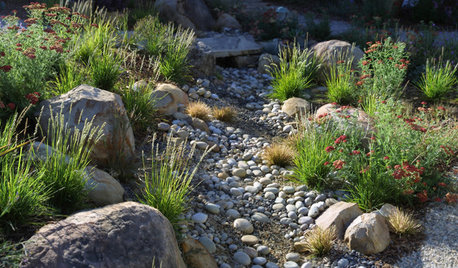
LANDSCAPE DESIGNHow to Design Your Landscape to Slow Down Water
Putting the brakes on stormwater runoff is the first step in sustainable water design
Full Story
GREAT HOME PROJECTSHow to Switch to a Tankless Water Heater
New project for a new year: Swap your conventional heater for an energy-saving model — and don’t be fooled by misinformation
Full Story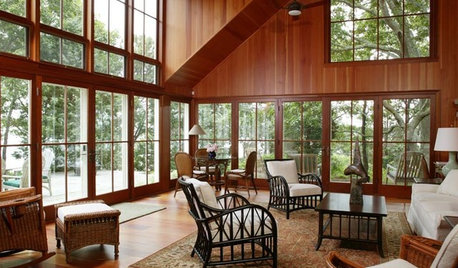
ARCHITECTUREWant to Live by the Water? What You Need to Know
Waterside homes can have amazing charm, but you'll have to weather design restrictions, codes and surveys
Full Story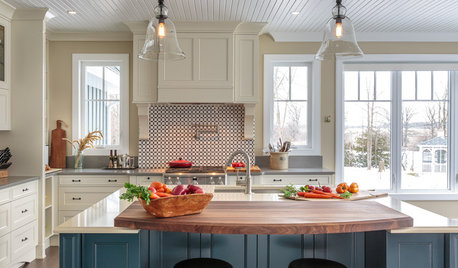
KITCHEN DESIGNKitchen of the Week: Elegant Farmhouse Style on the Water
Beautifully designed cabinets and more lend a timeless appeal to this kitchen overlooking a river in Canada
Full Story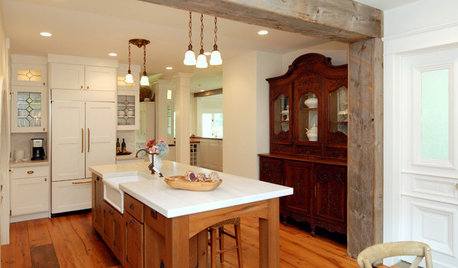
KITCHEN DESIGNKitchen Solution: The Main Sink in the Island
Putting the Sink in the Island Creates a Super-Efficient Work Area — and Keeps the Cook Centerstage
Full Story
HOUSEKEEPINGLower Your Heating Bills With Some Simple Weather Stripping
Plug the holes in your house this winter to make sure cold air stays where it belongs: outside
Full Story





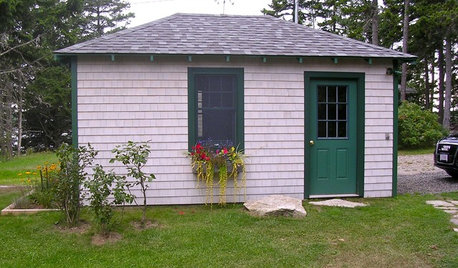




brickeyee
GilligansIslandOriginal Author
Related Professionals
Doctor Phillips Architects & Building Designers · Newington Home Builders · Casa de Oro-Mount Helix Home Builders · Puyallup Home Builders · Seguin Home Builders · Winchester Center Home Builders · Hunt Valley Home Builders · Three Lakes General Contractors · Arlington General Contractors · Bound Brook General Contractors · Deer Park General Contractors · Sulphur General Contractors · University Heights General Contractors · Valley Station General Contractors · Vermillion General ContractorsGilligansIslandOriginal Author
brickeyee
galore2112
GilligansIslandOriginal Author
brickeyee
bill_twcny_rr_com
lazypup
aj33
brickeyee
lazypup